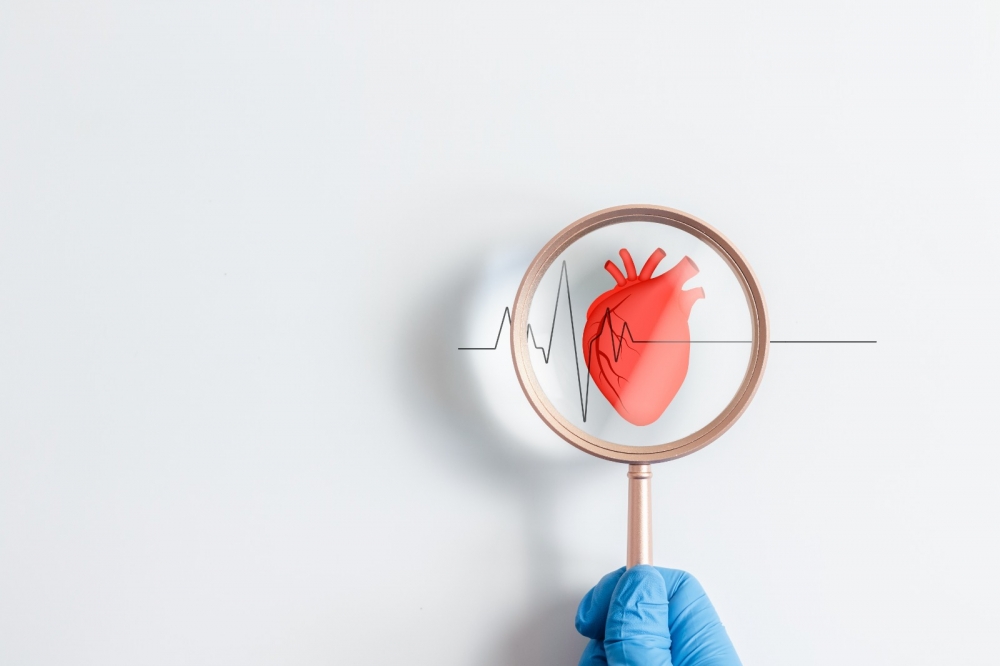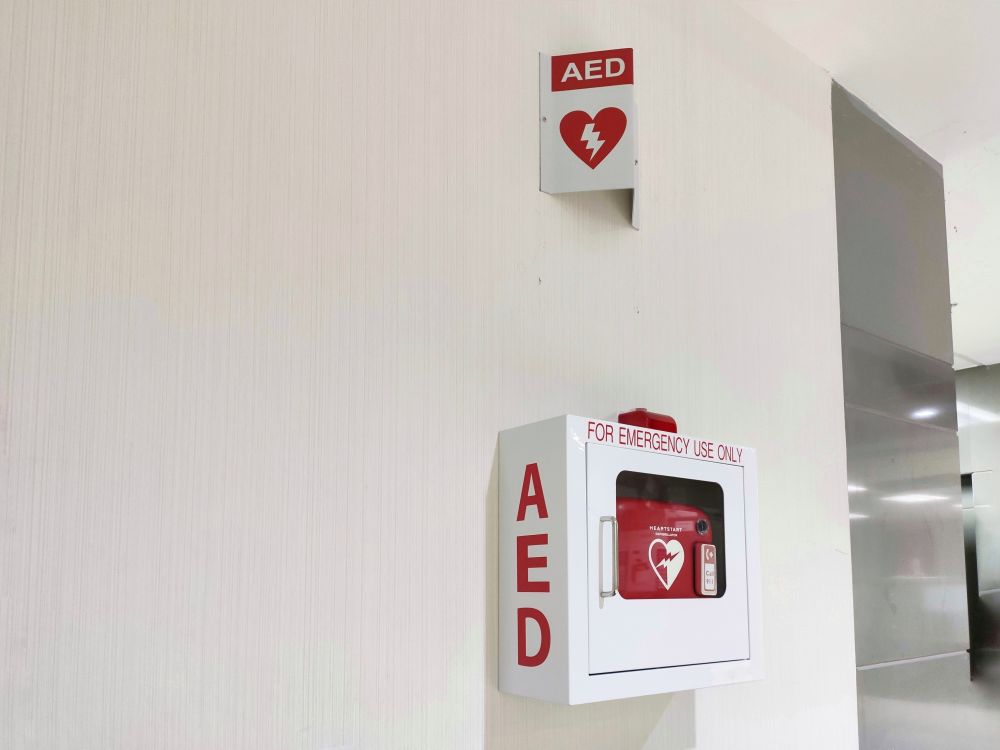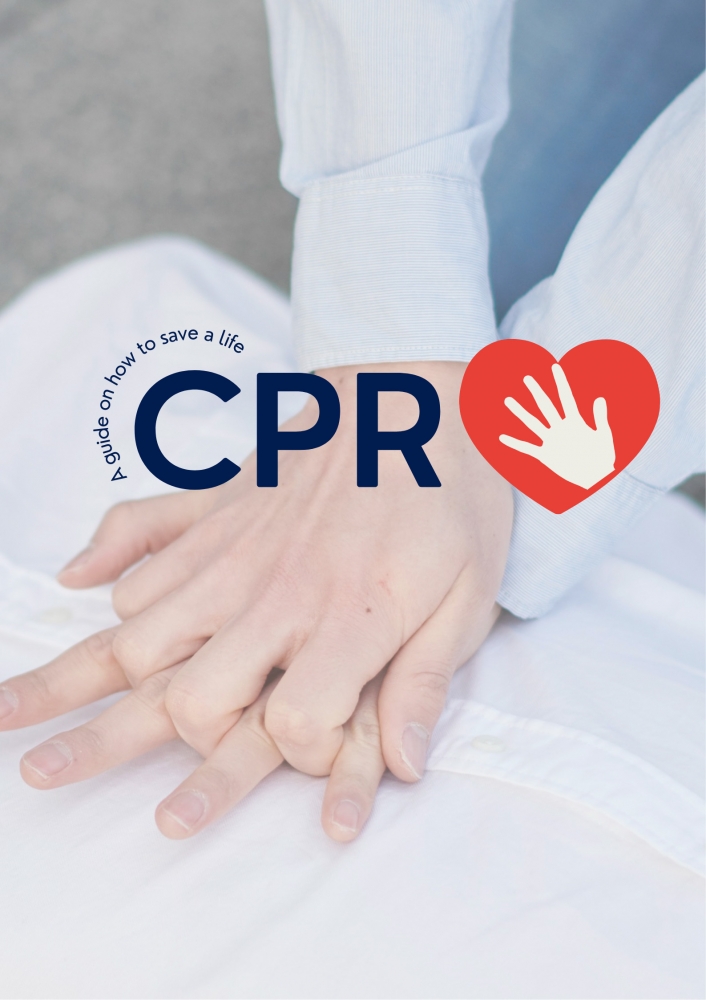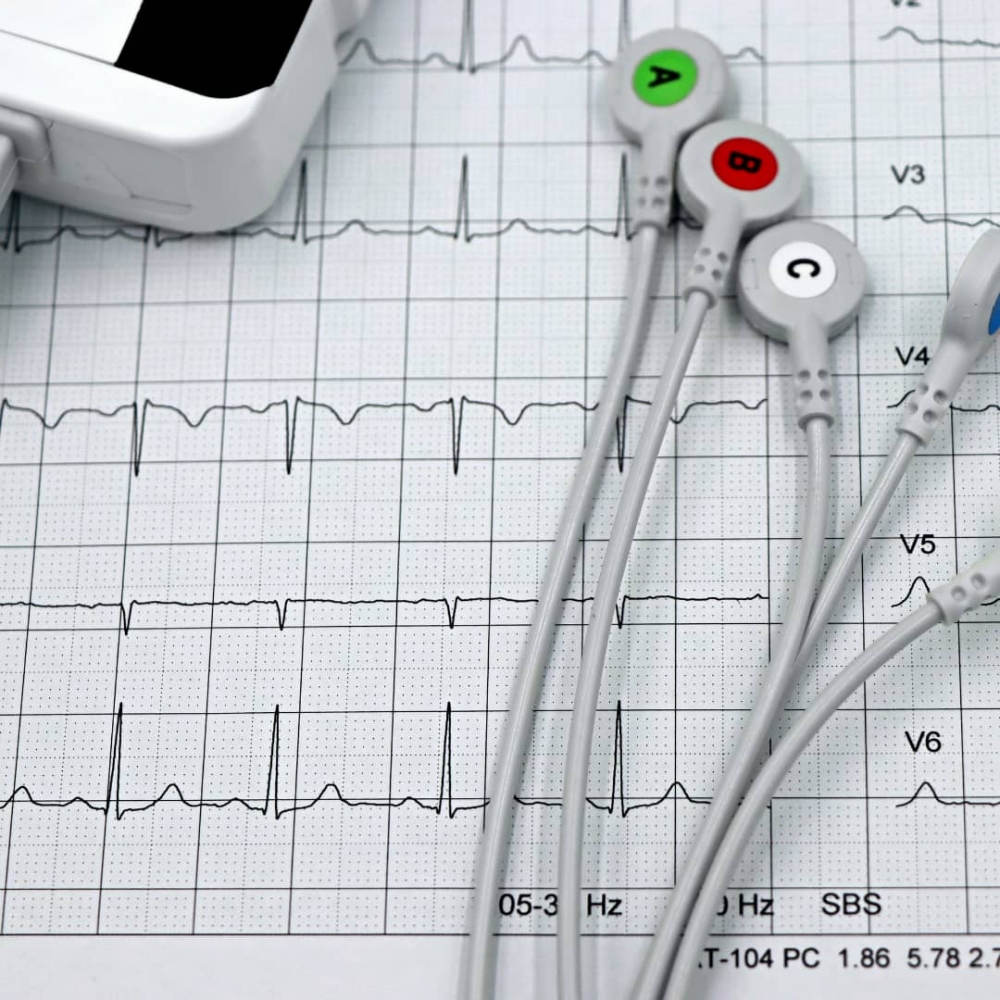#HEALTH: Addressing childhood vision problems
WITH early detection and proper treatment, common eye conditions among children such as amblyopia or lazy eye, can be reversed.
Amblyopia can develop from birth, or the moment the child starts to use his or her eyes and occurs when there is obstruction to vision and abnormal development of the eye-brain pathway.
Sunway Medical Centre Velocity (SMCV) consultant ophthalmologist, paediatric ophthalmologist and strabismus surgeon, Dr Fiona Chew Lee Min, says it can be a challenge to diagnose the condition as children will not usually complain about the issue since they do not know what normal vision is.
Indications that a child may have amblyopia include habits such as peering to view distant objects, abnormal eye movements, squint, abnormal head posture and frequent falls or bumps into objects.
It also includes problems with three-dimensional vision such as going down the stairs, solving puzzles, delayed milestones and even issues with sports or homework.
SMCV consultant ophthalmologist and neuro-ophthalmologist Dr Lakana Kumar Thavaratnam, adds that amblyopia can be hereditary for certain conditions that cause it, such as squint or cataracts.
"Signs of amblyopia that parents or patients can look out for are squint, where the eyes point in two different directions or do not move in proper coordination; refractive errors such as being near sighted, farsighted or astigmatism and cloudiness in normally clear parts of the eye."
With some children sometimes being born with cataracts; droopy eyelids, also known as ptosis and allergic conjunctivitis can cause damage to the cornea and eventually amblyopia if not treated early, he adds.
According to Dr Chew, nowadays, children are being diagnosed with amblyopia earlier due to increased eye screening programmes in kindergartens and schools, as well as increased awareness of children's eye health.
"Amblyopia can be confirmed after a full eye examination performed by an eye specialist, which includes an assessment of visual acuity, refraction, orthoptics or squint assessment and a dilated eye examination to look for possible causes of amblyopia," she says.

Treatment will vary depending on the cause of amblyopia. For example, children who have refractive errors (needing to wear glasses), cataract, squint, droopy eyelids and retinal problems should be treated, after which visual development should improve.
Otherwise, the patient may need to undergo penalisation treatment or dichoptic therapy. The former involves blurring vision in the good eye to force the brain to use the lazy eye either with eye patches, eyedrops or special lenses. Dichoptic therapy involves certain exercises or digital games to enhance eye-brain development.
Dr Chew stresses that amblyopia is reversible with early treatment, and advises parents to bring their children for yearly eye examinations.
"The younger the child, the more adaptable the brain is to change. If treated early, the eye-brain connections will recover faster, hence early detection is crucial."
It is recommended that children get their eye check-up at 6 months, 3 years, at 6 years and every two years after that to look for eye problems.
However, if left untreated, amblyopia will get worse and become irreversible.
"Sometimes the vision is so bad that the child becomes legally blind. Once a child has amblyopia, the eye alignment will not be good and the child may develop a squint," she adds.
Dr Lakana agrees. Amblyopia can be prevented from manifesting into early childhood or even into one's teenage years if it is detected early and treated.
While it is possible to improve in adults, amblyopia treatment requires motivation and commitment as it typically takes longer to treat among adults compared to children.

Amblyopia in adulthood is called visual impairment, and can occur due to trauma in adults and complications during pregnancy and delivery in children.
"Vision develops in the first few years of life, therefore it is important to diagnose and treat amblyopia as early as possible," says Dr Lakana.
返回Suggest to Read









